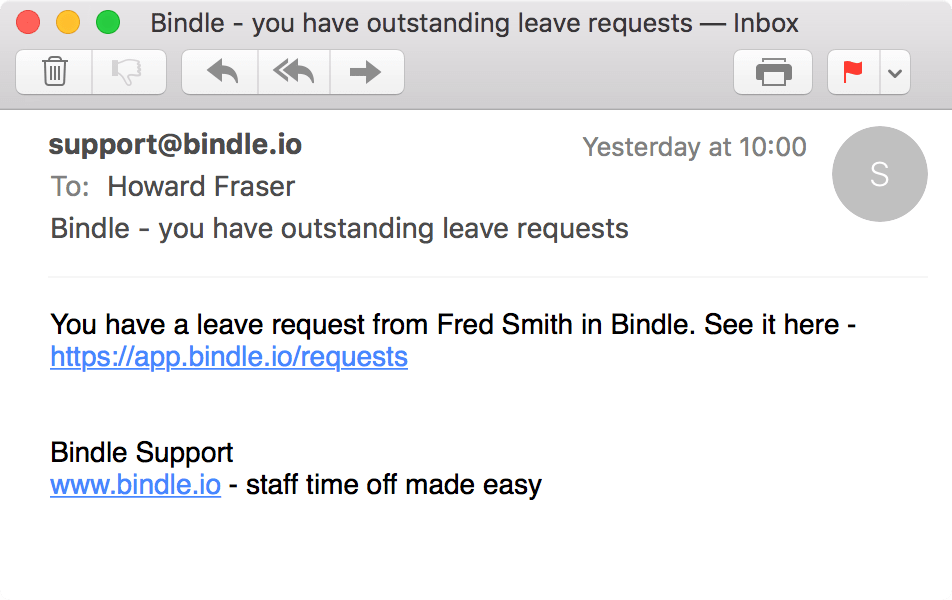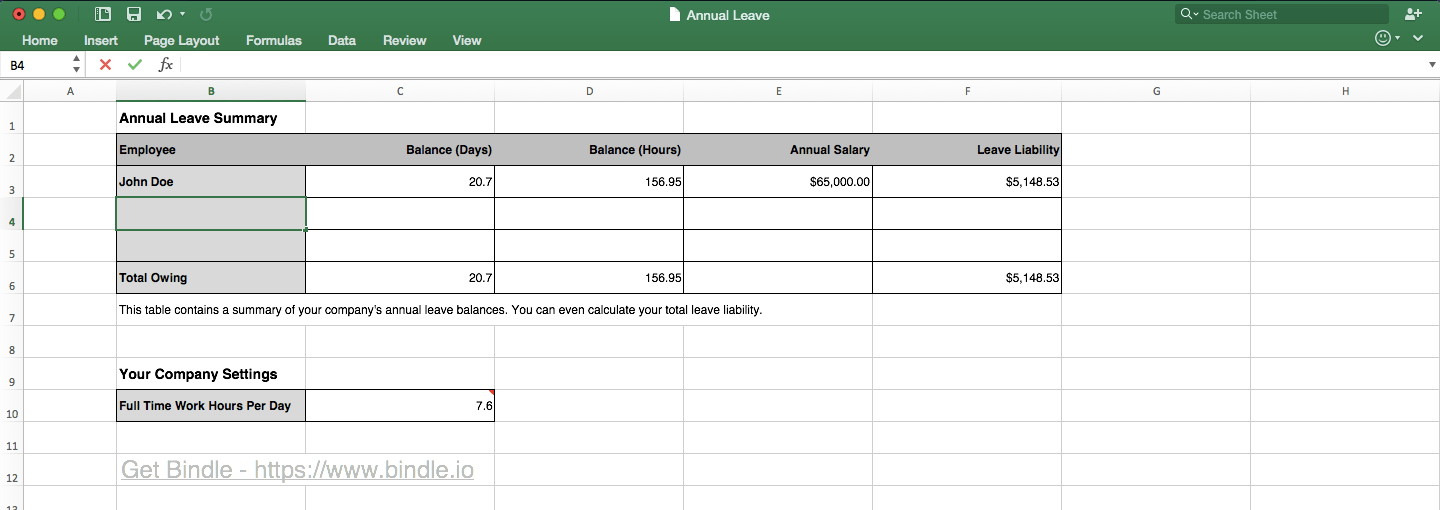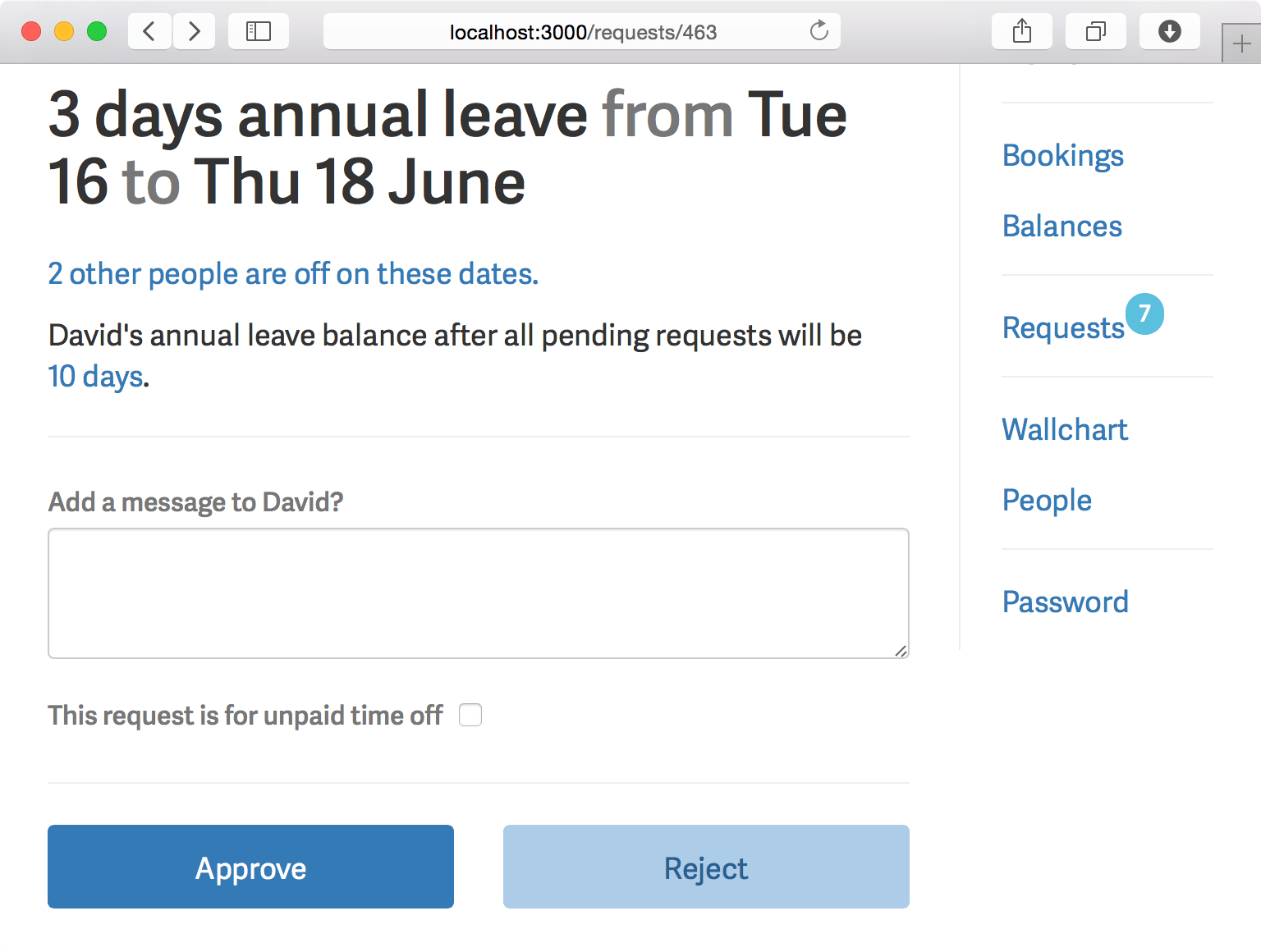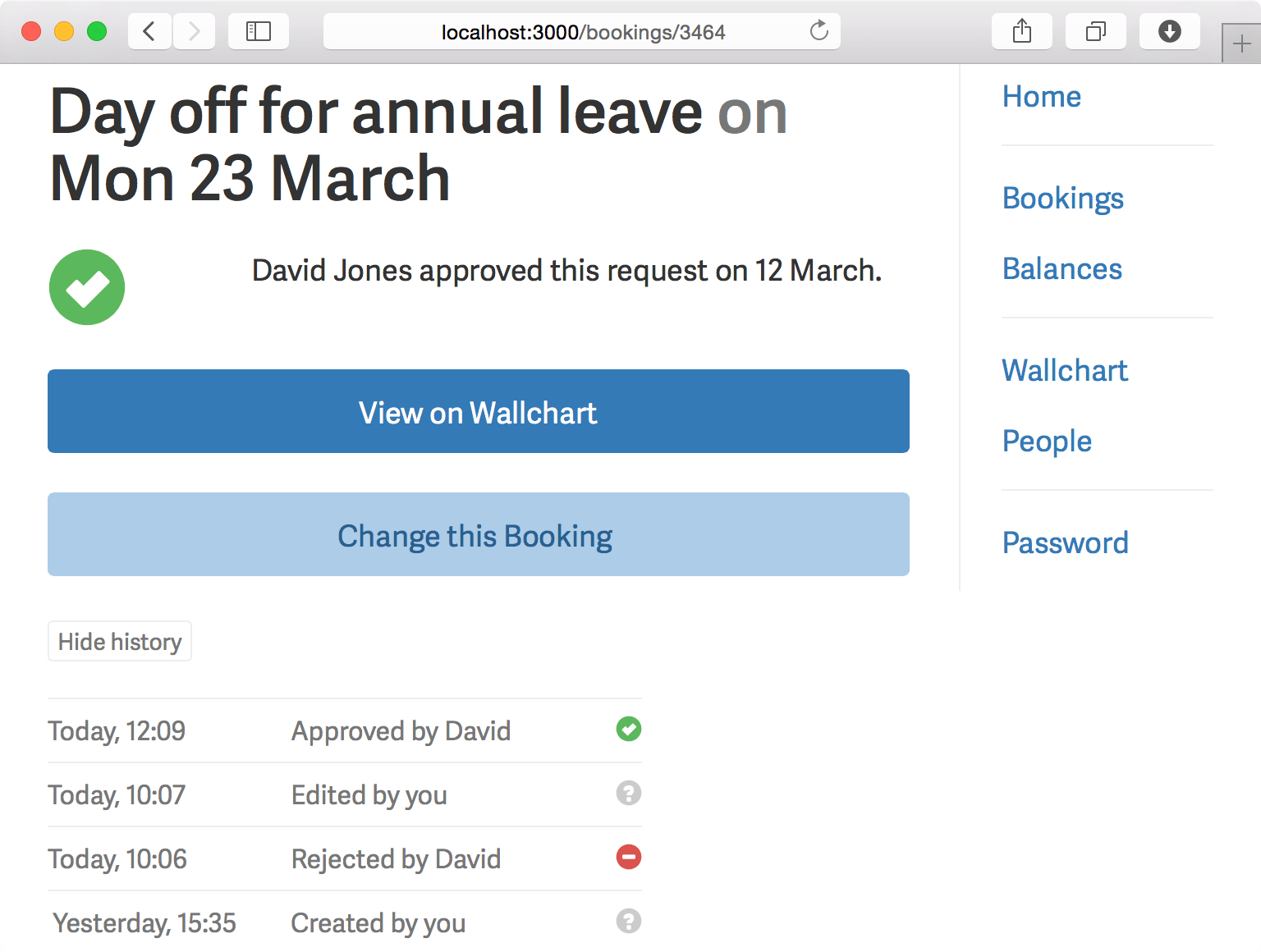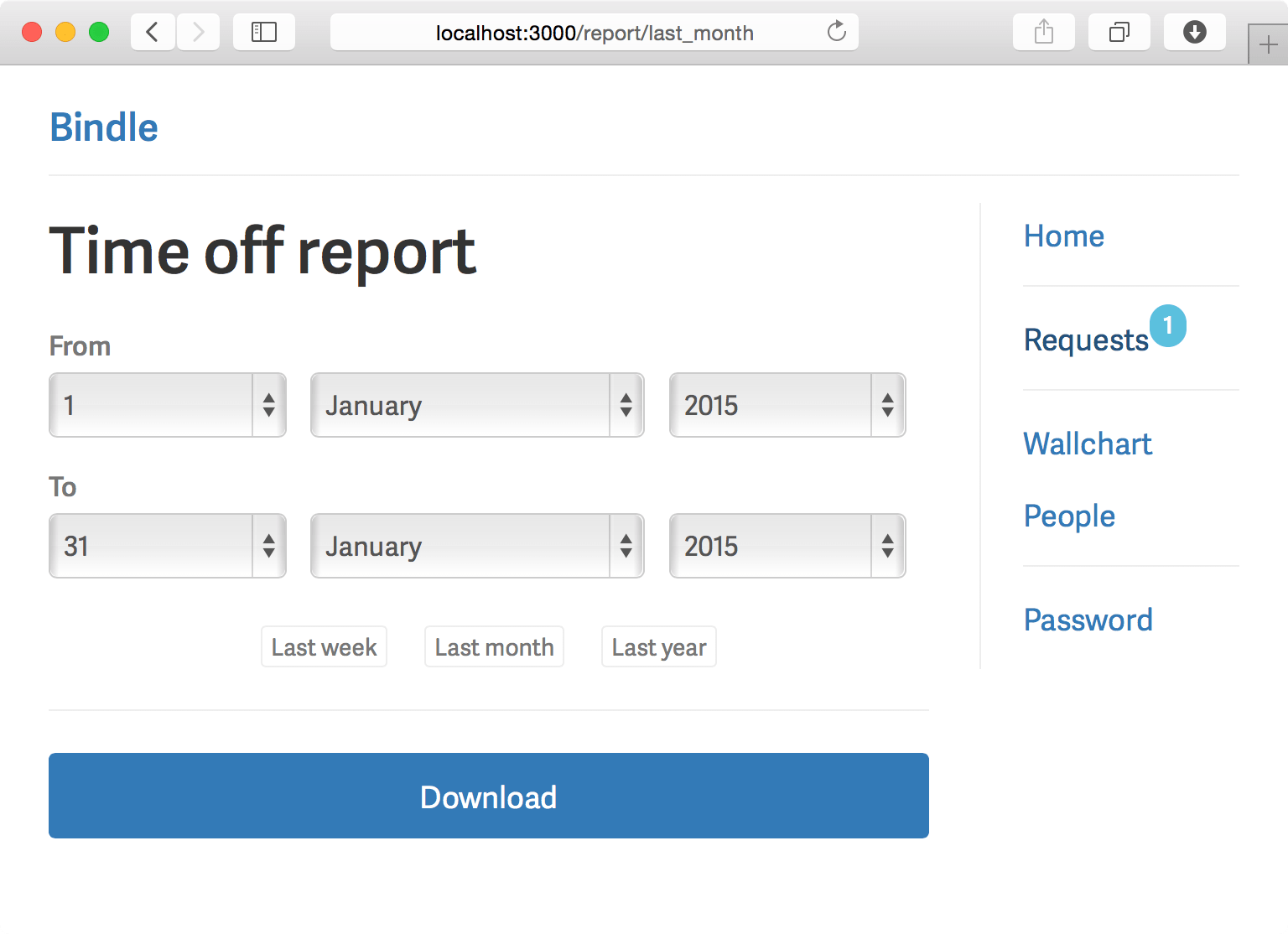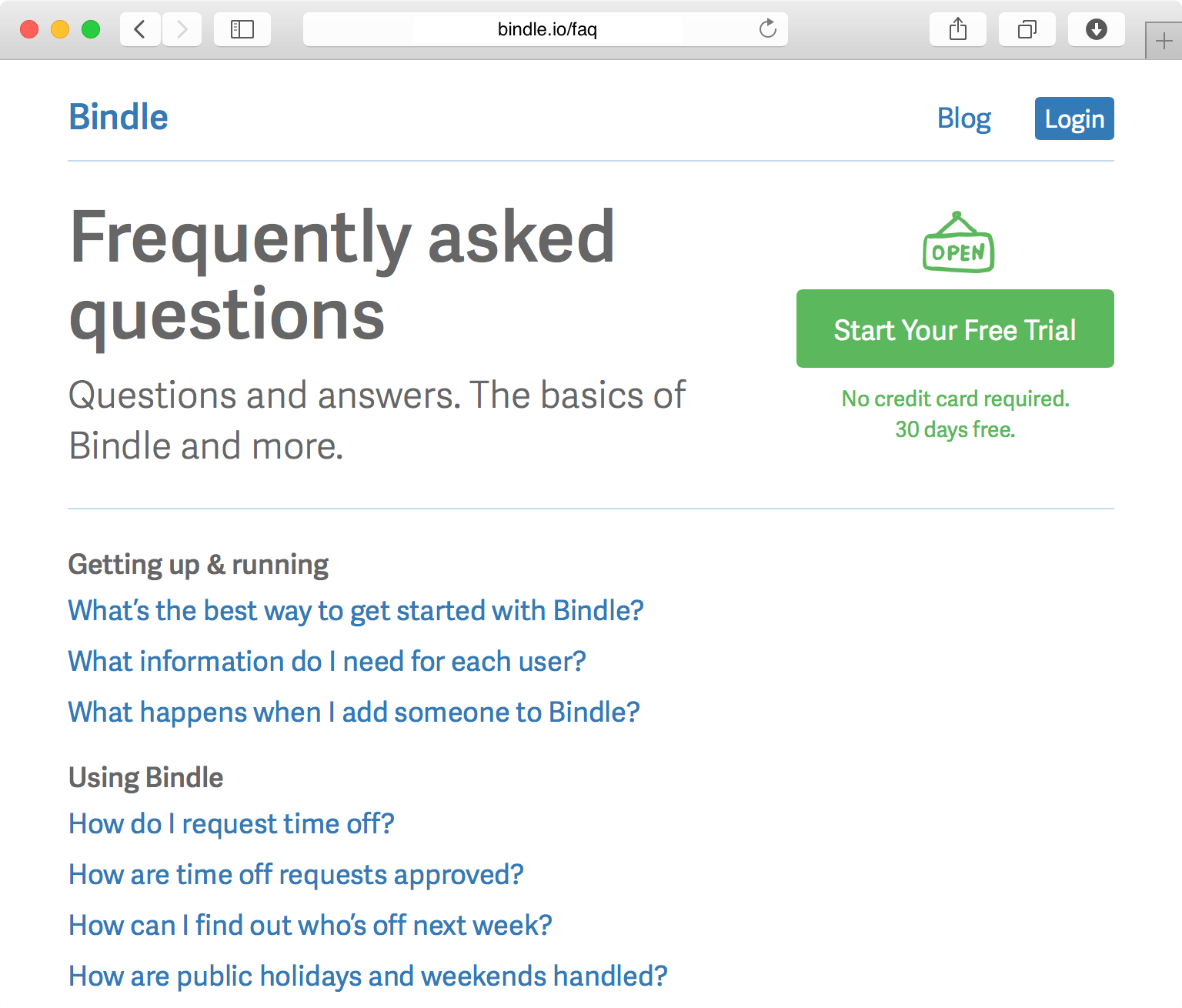How many of us have dreamed of having unlimited vacation time? No PTO balance to manage, no accruals to wait for for that week away - perfect, right?
Of course, if you ask anyone what the biggest drawback is for an unlimited PTO policy, you’ll probably hear:
“But what’s to stop employees from taking off too much time and not getting their work done?”
In many workplaces, that may well be a legitimate concern. In practice however, the majority of organizations that have implemented an unlimited PTO policy have a completely different problem:
“Employees aren’t taking enough days off - they’re burning themselves out.”
How is this possible? To understand, we’ll look into:
-
the psychology behind vacations and productivity
-
why employees take (or don’t take) time-off
-
the potential benefits of an unlimited PTO policy (and how to actually reap them)
-
practical steps for tracking, measuring and understanding when employees most benefit from PTO.
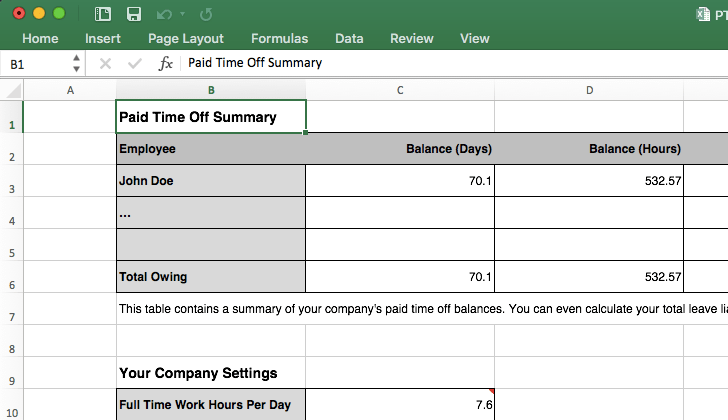
 Photo Credit:
Photo Credit: 